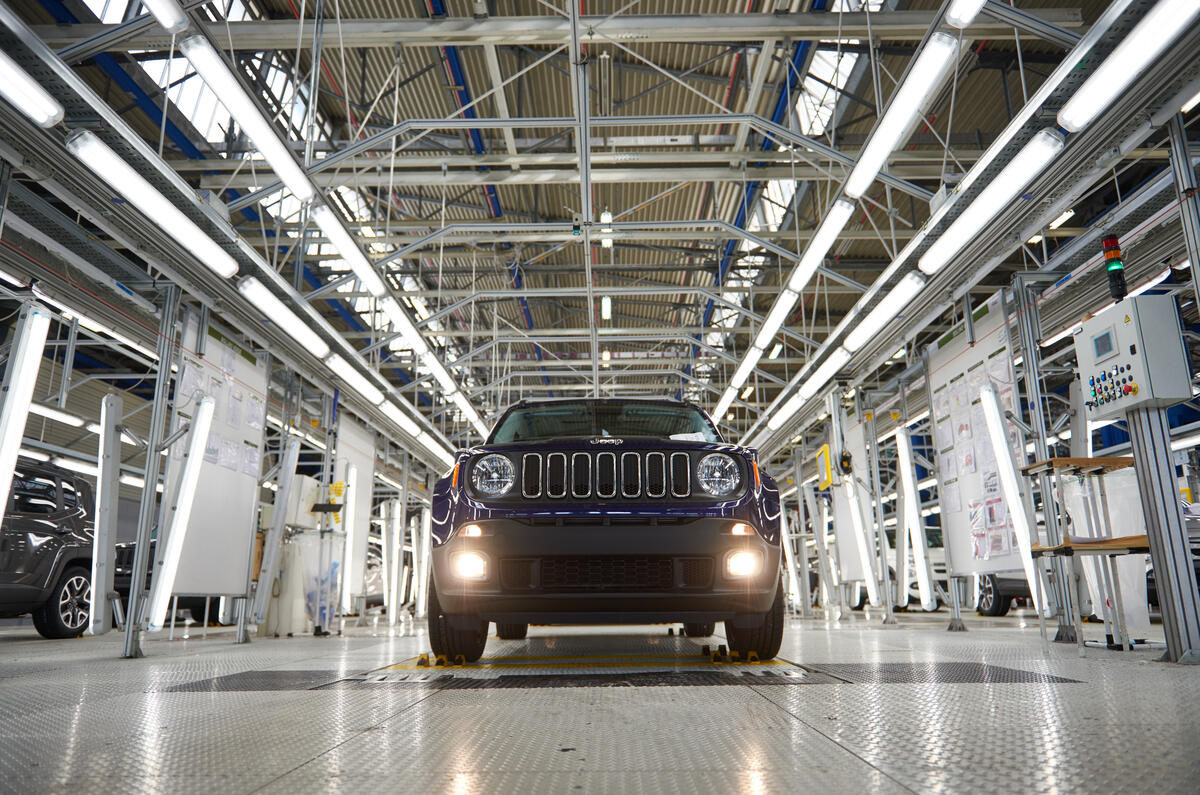Stellantis has achieved record half-year financial results despite the ongoing shortage of semiconductors and raw materials, following an acceleration in sales of hybrids and EVs.
The automotive conglomerate – which comprises Abarth, Alfa Romeo, Chrysler, Citroën, Dodge, DS, Fiat, Jeep, Lancia, Opel, Peugeot, Maserati, Ram and Vauxhall – posted net revenues of €88 billion, up 17% on the first half of 2021.




Add your comment